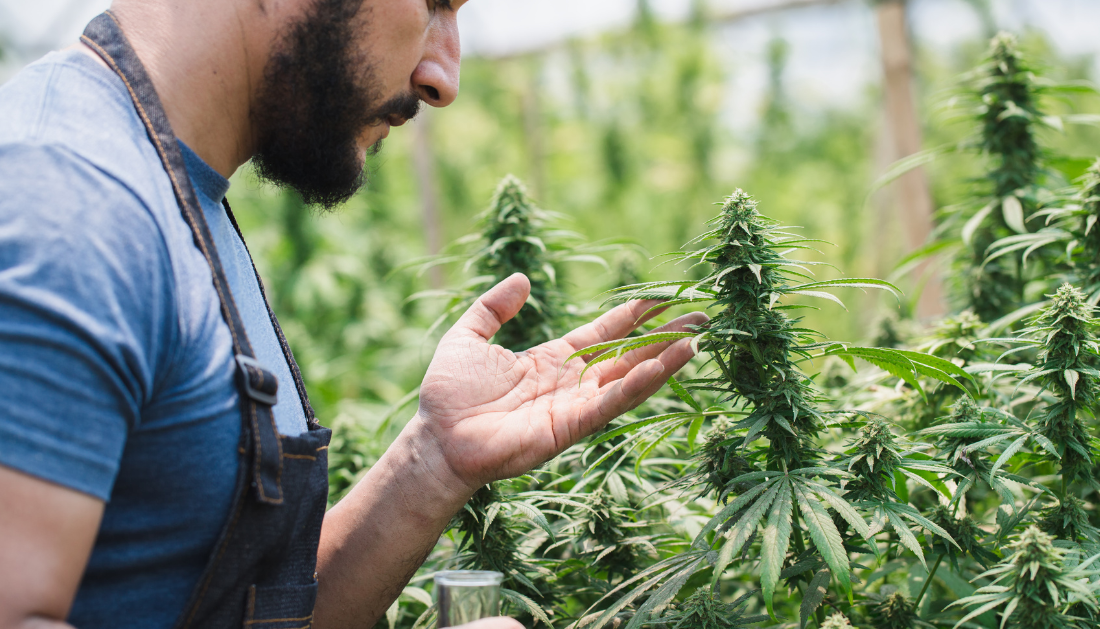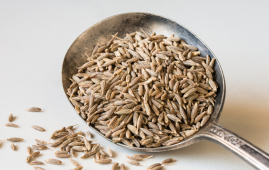

Cannabis Use and Tobacco Risk: A Growing Concern for HCPs
A new US study has found a concerning trend, the use of cannabis among teens and young adults is increasingly linked to the onset of regular tobacco use, even in individuals who had never previously smoked. Published in Tobacco Control, the research analyzed data from the Population Assessment of Tobacco and Health (PATH) Study, revealing that about 13% of new regular tobacco users could be attributed to prior cannabis use.
For healthcare professionals, this discovery reshapes how youth substance use should be understood and addressed. Traditionally, tobacco was seen as a “gateway” to cannabis, but this latest evidence points to a reverse gateway, where cannabis may now lead to tobacco addiction.
Explore All Pulmonology CME/CE Conferences and Online Courses
A Predictor of Regular Tobacco Uptake
Researchers examined 13,851 participants aged 12–24 who had never or never regularly used tobacco in 2017. Among them, 15.4% had used it in the past 12 months. When followed up in 2021, 32.7% of cannabis-using teens (12–17 years) had transitioned to regular tobacco use, 15.6 percentage points higher than their matched non-user peers. For young adults aged 18–24, the rate was 14%, a rise of 5.4 points compared to controls.
Statistical modeling attributed 13% of total new tobacco use to cannabis, suggesting that over 509,000 fewer US youth might have avoided regular tobacco use had they not used it. The findings remained consistent even after accounting for factors such as prior tobacco experimentation, demographics, mental health, and perceived cigarette harm.
While the study was observational and cannot confirm causation, the authors emphasize the importance of early prevention. The data indicate that cannabis use is a strong independent risk factor for initiating regular tobacco use, potentially reversing decades of progress in tobacco control among youth populations.
Implications for Healthcare Professionals and Prevention Programs
For clinicians, nurses, and allied professionals, the implications are clear, screening for cannabis usage should become a core part of tobacco prevention strategies. Early cannabis use may signal an elevated risk for nicotine dependence, reinforcing the need for dual-substance screening in adolescent health assessments.
Healthcare providers should counsel young patients on this link, emphasizing the compounded health risks of using both substances. Integrating cannabis prevention messaging into tobacco-control education, school programs, and clinical interventions can strengthen community-level prevention.
As the authors conclude, addressing cannabis use among US youth is essential to safeguard public health and sustain the hard-won reductions in tobacco initiation achieved over recent decades.
Source:
more recommended stories
 Mediterranean Diet Reduces Endometriosis Risk in Women
Mediterranean Diet Reduces Endometriosis Risk in WomenMediterranean Diet and Endometriosis: A Promising.
 Night Shifts May Trigger Irritable Bowel Syndrome (IBS)
Night Shifts May Trigger Irritable Bowel Syndrome (IBS)Night Shifts and Digestive Health: Linking.
 Blood test shows promise for faster ALS diagnosis
Blood test shows promise for faster ALS diagnosisSummary / Key Points A UCLA.
 Caraway seed chemistry yields anticonvulsant leads
Caraway seed chemistry yields anticonvulsant leadsA team led by UNLV researchers.
 WHO and EU Strengthen Digital Health in Africa
WHO and EU Strengthen Digital Health in AfricaThe World Health Organization (WHO) and.
 Quitting Smoking Slows Memory Decline, Study Finds
Quitting Smoking Slows Memory Decline, Study FindsQuitting smoking is linked to slower.
 Breakfast Skipping Linked to Metabolic Syndrome
Breakfast Skipping Linked to Metabolic SyndromeBreakfast Skippers May Face Metabolic Consequences.
 Growing Patient Involvement in Japan’s Allergy Research
Growing Patient Involvement in Japan’s Allergy ResearchThe Growing Importance of Patient Involvement.
 Forced Labor Risk Across U.S. Dietary Patterns
Forced Labor Risk Across U.S. Dietary PatternsHidden Ethical Risks in Dietary Patterns.
 Selective Attention Is Exclusively Cortical in Humans
Selective Attention Is Exclusively Cortical in HumansSelective Attention: New Insights from the.

Leave a Comment